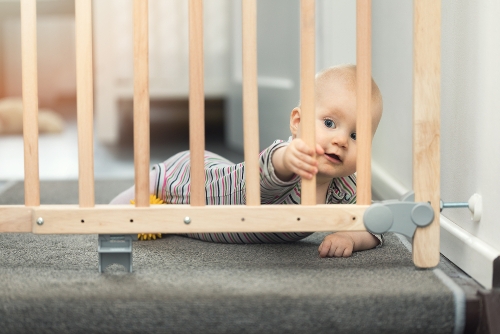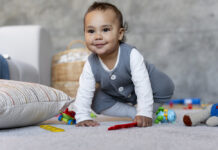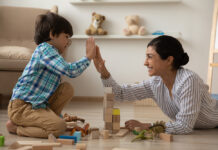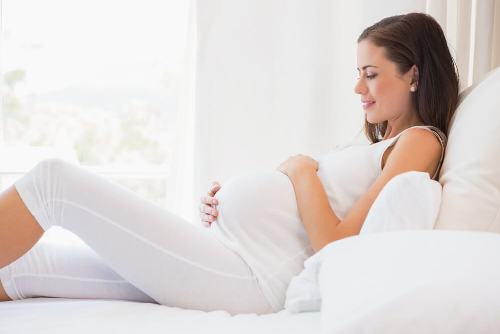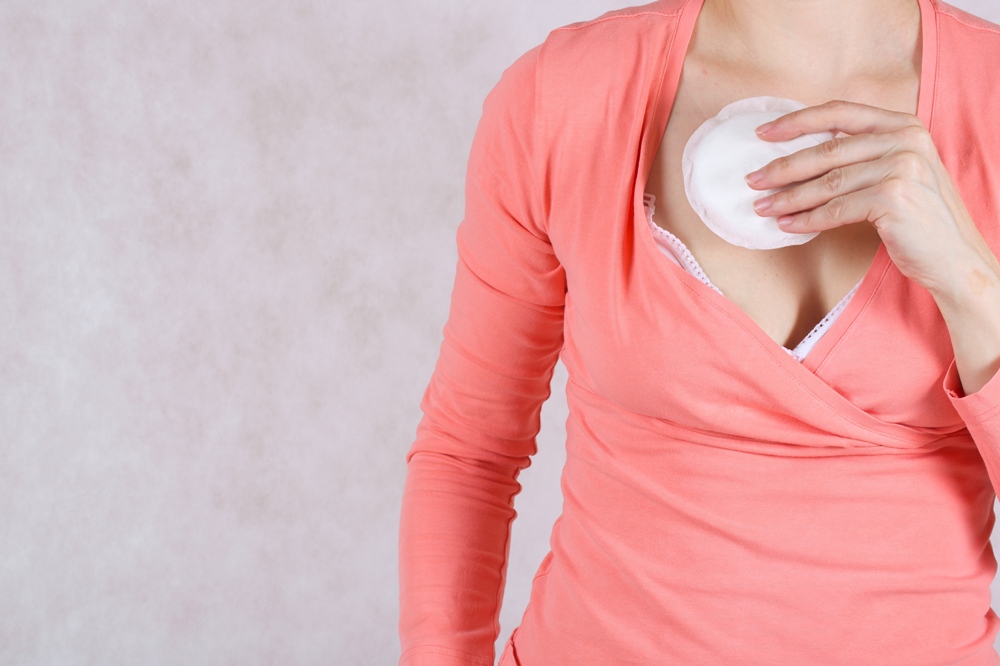This post is also available in: English हिन्दी (Hindi) বাংলা (Bengali)
Your baby is a sponge. She’s learning new things every minute of every day. What she knows today, she didn’t know yesterday. And what she will know tomorrow, she will probably learn at 4 a.m this morning when she wakes you up for a feed. So how do you protect and look after this little bundle of joy, this miracle that is growing and surprising you everyday once she becomes a bit more mobile?
For starters you need to baby-proof your home. Here are some tips that’ll help:
- 1. No strings attached.
 Make sure your baby clothes don’t have any drawstrings. Reason? Drawstrings can get caught in hooks, latches, pegs, et al and can cause accidents at home. So draw the line when it comes to drawstrings!
Make sure your baby clothes don’t have any drawstrings. Reason? Drawstrings can get caught in hooks, latches, pegs, et al and can cause accidents at home. So draw the line when it comes to drawstrings! - 2. Learn to crawl.
 Before your baby learns to walk you need to learn to crawl. See things from her point of view. The best way to see that all the sharp corners and small objects that can potentially harm your baby is to get down on your hands and knees in each room, says Sherri Hannan, RN program coordinator at Safe Kids Fayette County at Kentucky Children’s Hospital. Broken objects whose points are exposed should be placed up high; sharp corners of furniture need to be padded; and items that your baby can just pop into her mouth need to be stored in cabinets or in secured storage boxes.
Before your baby learns to walk you need to learn to crawl. See things from her point of view. The best way to see that all the sharp corners and small objects that can potentially harm your baby is to get down on your hands and knees in each room, says Sherri Hannan, RN program coordinator at Safe Kids Fayette County at Kentucky Children’s Hospital. Broken objects whose points are exposed should be placed up high; sharp corners of furniture need to be padded; and items that your baby can just pop into her mouth need to be stored in cabinets or in secured storage boxes.
- 3. Sockets are shockets!
 Electricity sockets are baby magnets. To your cutie pie, they look like friendly little aliens who have landed in her realm. Once she sees you flicking a switch on and off, chances are your darling li’l mimic will quickly pick up how to do so as well. So play safe. Use plastic power outlet plug protectors. They are easy enough for you to remove when you vacuum the room, but secure enough to ensure your baby’s curious hands can’t pry them out.
Electricity sockets are baby magnets. To your cutie pie, they look like friendly little aliens who have landed in her realm. Once she sees you flicking a switch on and off, chances are your darling li’l mimic will quickly pick up how to do so as well. So play safe. Use plastic power outlet plug protectors. They are easy enough for you to remove when you vacuum the room, but secure enough to ensure your baby’s curious hands can’t pry them out.
- 4. There’s a catch in every latch.As your child (and his curiosity) starts to get around more, he might also begin opening cabinets and drawers. This is especially dangerous in places where you store toxic cleaners and other substances, such as the bathroom, kitchen and laundry room. Just ensure you have child-guard latches on every drawer and cabinet, especially on the ones your little one can get his hands on. For extra safety, store all chemicals on a higher shelf or cabinet.
- 5. Stand the test of time.
 Once your baby starts to pull up and stand, a whole new threat level arises. You’d be surprised how your grandma’s ‘sturdy’ antique table can wobble when your little one uses it to balance. Even the cables, wires and cords can easily result in choking hazards if your baby gets tangled. Mount large pieces of furniture, such as bookshelves, to the wall with some anchors you can find at hardware stores, roll up cords or use a cord organiser wherever possible. Because babies can go from crawl mode to tottering walk to a footballer-who’s-just-scored-a-goal run in a matter of days. Leaving you in a daze. So it’s easier to baby-proof everything now before he gains new skills, agility, curiosity and the Mario-power.Happy baby-proofing your home! And if you got some cool ideas or suggestions on how you’ve baby-proofed your home, do share in the comments below!
Once your baby starts to pull up and stand, a whole new threat level arises. You’d be surprised how your grandma’s ‘sturdy’ antique table can wobble when your little one uses it to balance. Even the cables, wires and cords can easily result in choking hazards if your baby gets tangled. Mount large pieces of furniture, such as bookshelves, to the wall with some anchors you can find at hardware stores, roll up cords or use a cord organiser wherever possible. Because babies can go from crawl mode to tottering walk to a footballer-who’s-just-scored-a-goal run in a matter of days. Leaving you in a daze. So it’s easier to baby-proof everything now before he gains new skills, agility, curiosity and the Mario-power.Happy baby-proofing your home! And if you got some cool ideas or suggestions on how you’ve baby-proofed your home, do share in the comments below!
Make sure your baby clothes don’t have any drawstrings. Reason? Drawstrings can get caught in hooks, latches, pegs, et al and can cause accidents at home. So draw the line when it comes to drawstrings!
This post is also available in: English हिन्दी (Hindi) বাংলা (Bengali)

